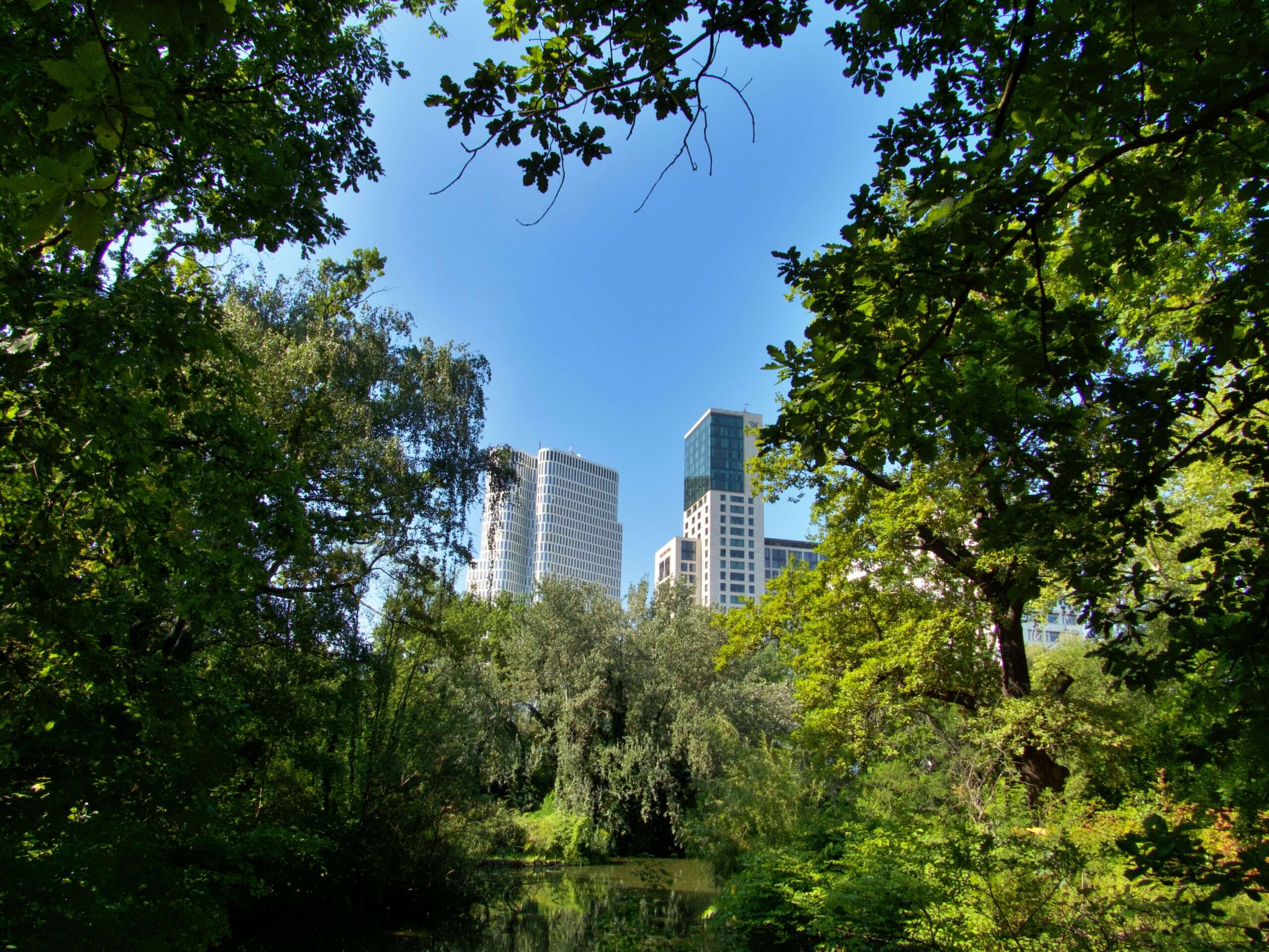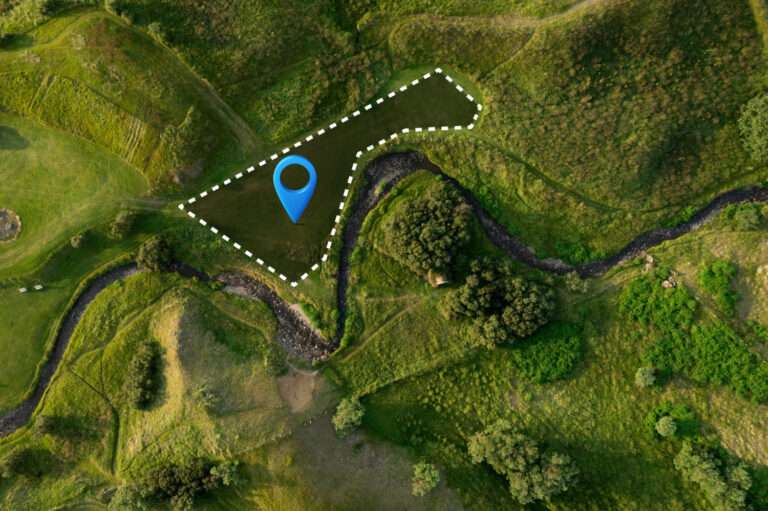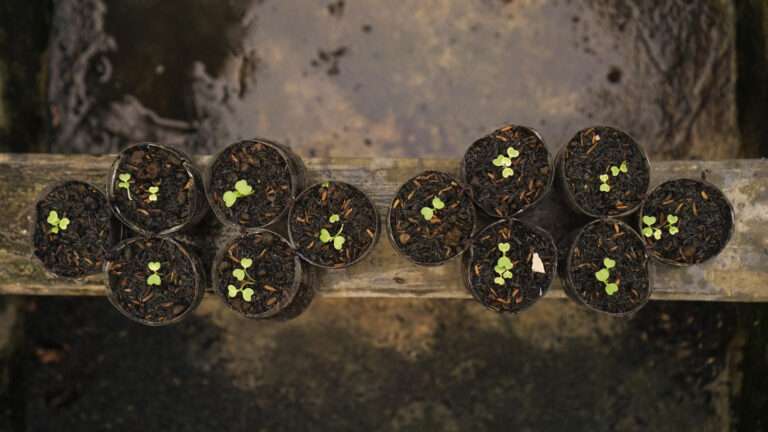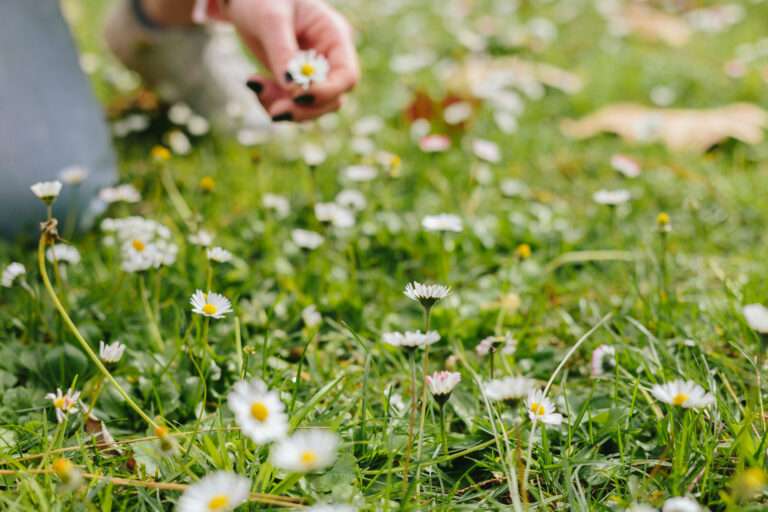Designing Woodlands for Business Sites: Smart, Sustainable & Visually Impactful Spaces
First impressions matter—especially in business. Whether you’re welcoming clients, housing staff, or supporting sustainability goals, the way your commercial premises look and function can say a lot about your values. That’s where well-designed woodlands for business sites come into play.
Far more than just decorative planting, a carefully planned woodland area can add long-term commercial value, support environmental targets, create a healthier working environment, and boost biodiversity. From screening and shading to carbon offsetting and staff wellbeing, the benefits are numerous.
In this article, we explore how to design woodlands around business sites that not only look stunning but also work hard for your company.
Why Woodland Design Matters for Business
1. Enhances Corporate Image
Customers and stakeholders increasingly look for businesses that demonstrate environmental responsibility. A site surrounded by structured green space, thriving trees and natural habitats can reflect a company’s commitment to sustainability and community impact.
2. Supports Biodiversity Net Gain (BNG)
The Environment Act has pushed biodiversity to the forefront of commercial development. Creating woodland areas can help businesses meet planning requirements and demonstrate net gain—turning environmental obligations into a visible asset.
3. Improves Staff Wellbeing and Productivity
Green spaces improve mental health, reduce stress, and encourage physical activity. A woodland trail for breaks or lunchtime walks can foster happier, more engaged employees.
4. Reduces Operational Costs
Strategically planted trees can reduce heating and cooling costs by providing natural windbreaks and shading. Native woodland designs also help manage surface water, reducing flood risk and drainage costs.
Key Considerations When Designing Woodlands on Business Sites
Every site is unique, and your woodland design should reflect the layout, purpose, and character of your business. Here are the core areas to consider:
1. Site Suitability and Soil Type
Begin with a detailed survey:
- Assess the soil structure, pH, and drainage
- Identify any restrictions (e.g. underground cables or building foundations)
- Map sunlight patterns and prevailing winds
2. Tree Species Selection
Match species to the location and purpose. Here’s a quick guide:
| Purpose | Tree Species | Benefit |
|---|---|---|
| Screening | Hornbeam, Scots Pine, Hazel | Dense foliage for privacy and noise buffering |
| Ornamental | Rowan, Silver Birch, Wild Cherry | Attractive blossoms, berries, and seasonal colour |
| Shade | Field Maple, Oak, Lime | Broad canopies provide natural cooling |
| Wildlife | Hawthorn, Blackthorn, Crab Apple | Support pollinators and birds |
Always favour native UK species—they’re well adapted, support more wildlife, and are lower maintenance.
3. Layout and Design Features
Use a landscape architect or ecological consultant to create:
- Curved woodland edges for a natural feel
- Glades, footpaths or clearings for access and amenity
- A mix of planting heights and layers (canopy, understorey, ground flora)
- SUDS features such as swales or wet woodland
Design with visibility and experience in mind. A screened car park or delivery area, for example, can greatly improve the appearance of the site to visitors.
Frequently Asked Questions
Do we need planning permission to plant trees on our business site?
In most cases, no—but always check with your local authority if the trees are close to boundaries, highways, or listed buildings. For large schemes, an environmental impact assessment may be required.
How long before it makes a visual difference?
Many species grow rapidly. For example, Silver Birch and Rowan can reach 4–5 metres in just 5 years. Including some semi-mature trees in your plan can also give instant structure.
What is the maintenance burden?
The first 3–5 years are the most intensive. Expect:
- Regular watering
- Grass and weed control
- Replacing failed trees
- Tree guard removal and formative pruning
After establishment, well-planned woodlands are relatively low maintenance.
Can we access funding?
Yes. There are grants available for businesses that commit to tree planting and biodiversity enhancement. You may also be eligible for carbon credit schemes or local enterprise funding—though availability varies by region.
For practical guidance on species selection, aftercare, and site planning, visit our Tree Planting & Woodland Creation page.
Making Woodland Work for You
1. Strategic Planting for Maximum Impact
Plant trees where they bring the greatest value:
- Along access roads: soften hard edges and improve approach views
- Near office windows: provide a green outlook and natural cooling
- Around car parks: reduce visual impact and provide shade
- Perimeter zones: enhance security, privacy and biodiversity corridors
2. Brand-Enhancing Biodiversity
Include interpretation boards or signage that explains the purpose and species of your woodland. This turns passive green space into an active expression of your values.
3. Multi-Functional Use
Your woodland doesn’t have to be just for show:
- Host eco-education events
- Incorporate outdoor meeting spots
- Create staff volunteering or team-building initiatives linked to site maintenance
These uses reinforce team culture and community involvement.
Long-Term Value and Future-Proofing
Designing woodlands for your business premises isn’t just about aesthetics—it’s about future-proofing your site for environmental change, regulation, and public expectation.
As legislation around climate impact, biodiversity, and carbon reporting tightens, green infrastructure will become less of a “nice-to-have” and more of a commercial necessity. By acting now, you’ll be ahead of the curve.
Woodland design also protects against noise pollution, improves air quality, and creates a sense of space—benefits that are hard to quantify but deeply felt by staff, visitors, and stakeholders alike.
Conclusion
Investing in woodland design for your business site is a clever, future-conscious choice. It strengthens your brand image, supports sustainability targets, and improves the day-to-day environment for everyone on site.
By selecting the right species, designing with purpose, and managing with care, you can create woodlands that work for your business—bringing measurable benefits today, and planting the seeds of long-term success.
Killingley Insights is the editorial voice of NT Killingley Ltd, drawing on decades of experience in landscaping, environmental enhancements, and civil engineering projects across the UK.








